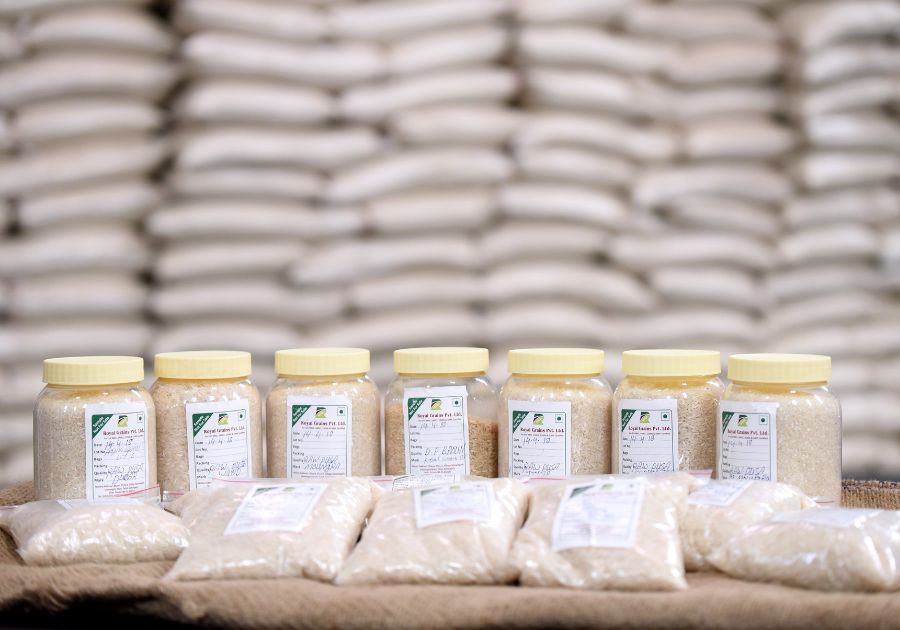What is Basmati Rice
People have frequently inquired as to what basmati rice means. Although it may have gone by a different name, basmati rice has been documented in India from the early 19th century. The Hindi term “Bas” means “aroma,” and “Mati” means “full of.” Thus, the word Basmati, which means “full of aroma,” was created. The scent and post-cooking elongation are the primary reasons why this rice is unique from other rice. There is no other rice with this combination of qualities. The fragrance, the sweetness, and the post-cooking elongation of basmati rice have elevated it to the status of a delicacy. Only Northern India and the areas of Pakistan that border India are used to raise basmati rice. It’s easy to refer to it as the Champagne of India.
What Are the Advantages of Eating Basmati Rice?
Matured old basmati rice stands apart with its grains that separate beautifully when cooked, offering a delightful aroma and elongation. It’s a culinary delight appreciated by diners for its unique characteristics. Compared to other rice varieties, basmati requires less weight per meal for optimal elongation, making it a preferred choice for those seeking both quality and efficiency in cooking.
How To Recognize the Various Varieties?
It’s true that it’s just as hard to tell what pure basmati rice is as what a diamond is. The grain’s cut, similar to that of a diamond, reveals if the rice is basmati or another variety. A basmati grain has a sword-like shape, and after cooking, each grain elongates by at least twice as much. Another method to identify basmati rice is by its heady scent. The only distinguishing characteristics of non-basmati are its varied sizes and forms; all other types do not share these characteristics.



